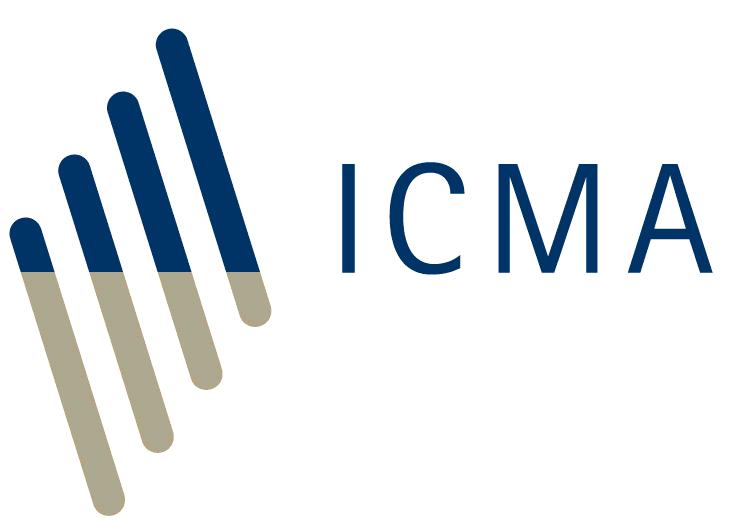ICMA responds to the MiFIR Consultation Package on the Review of RTS 2 on transparency for bonds, structured finance products and emission allowances, draft RTS on reasonable commercial basis and review of RTS 23 on supply of reference data
29 August ICMA welcomes the opportunity to respond to ESMA’s Consultations on the Review of RTS 2 and draft RTS on reasonable commercial basis, as part of ESMA’s MiFIR Review Consultation Package : Review of RTS 2 on transparency for bonds, structured finance products and emission allowances, draft RTS on reasonable commercial basis and review of RTS 23 on supply of reference data, published in May 2024.
ICMA has been a longstanding advocate of increased transparency in the European bond markets and the introduction of an EU consolidated tape for bonds. This has been with the broad support of ICMA members. ICMA therefore welcomes the objective of the MiFIR Review to support the establishment of a consolidated tape. Underpinning the success of the tape will be the design and calibration of the related deferral framework, aimed at optimizing the scope of real-time post-trade transparency while also providing protection to the most sensitive transactions and reflecting the nature, structure, and liquidity of Europe’s bond markets.
ICMA has undertaken extensive statistical analysis to ensure that its recommendations to ESMA are as data-driven and scientifically based as possible.
In constructing its recommendations, ICMA has also recognized the challenge of finding the right balance between achieving the optimal calibration for as many bond classes and sub-classes as possible and a desire to avoid excessive complexity.
Based on its analysis, ICMA proposes the following refinements to the deferral framework proposed by ESMA and based on the Revised MiFIR provisions:
(i) More granular groupings of bonds. ICMA proposes a distinction between the fixed coupon issuance of the very largest sovereign issuers and other sovereign bonds, as well as between investment grade and high yield credit.
(ii) A more scientific approach to establishing the appropriate Liquidity determinant. While ICMA has focused on outstanding issuance size as the key determination variable, it does not rule out the relevance of other key features (such as time to maturity or currency denomination).
(iii) A refinement to the proposed matrix, which allows for a more appropriate distinction between liquid and illiquid trade size thresholds.
(iv) A more data-driven approach to establishing the appropriate trade size thresholds for the relevant deferral categories, based on historical traded average daily trading volumes.
ICMA acknowledges the complexity of achieving optimal calibration across diverse bond classes but believes a data-driven approach is crucial. ICMA urges ESMA to consider these recommendations and collaborate with the industry to create a revised, well-calibrated framework that enhances market outcomes while mitigating risks.
To read the ICMA response on the Review of RTS 2 on transparency for bonds in full, click here.
To read the ICMA response on the draft RTS on reasonable commercial basis in full, click here.







